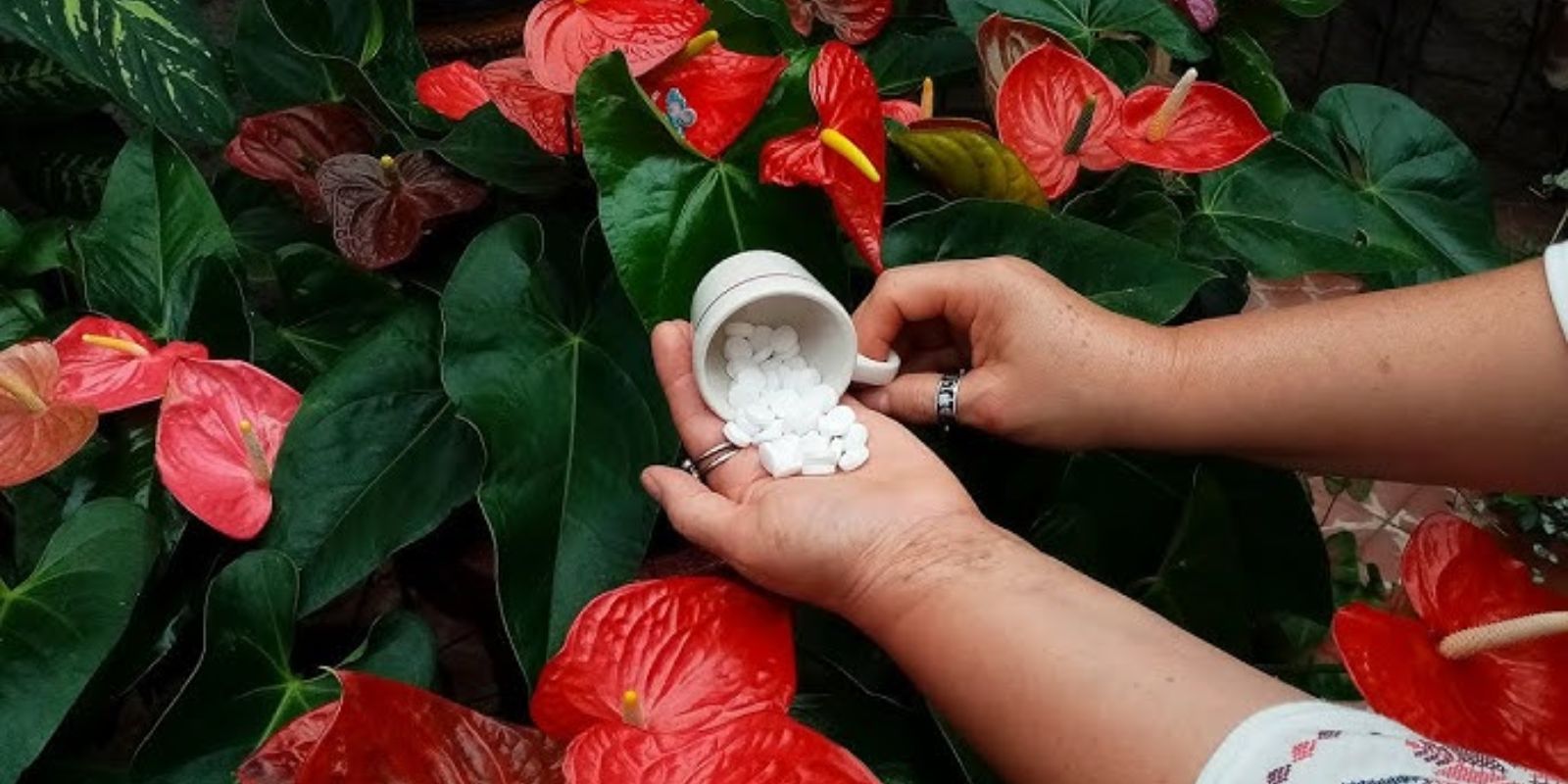Anthuriums, commonly referred to as flamingo flowers or laceleaf, are beloved for their glossy, heart-shaped leaves and vibrant blooms. These tropical plants, native to the rainforests of Central and South America, are a favorite among houseplant enthusiasts and interior decorators alike. Despite their beauty, many people encounter challenges in getting their Anthuriums to bloom. This article will explore effective strategies to encourage flourishing blooms and provide comprehensive care tips for your Anthurium, transforming it into a stunning centerpiece in your home.
Understanding Anthurium
Before diving into the care techniques, it’s essential to understand the nature of Anthuriums. These plants thrive in warm, humid environments and are typically epiphytic, meaning they naturally grow on other plants without harming them. In the wild, they receive filtered light and ample moisture, which are crucial factors to consider when cultivating them indoors.
The Importance of Blooming
The vibrant flowers of the Anthurium, which can be red, pink, or white, are not only beautiful but also long-lasting. Unlike many other flowering plants, Anthurium blooms can last for several months, making them a delightful addition to any space. However, to achieve this stunning display, proper care and conditions are necessary.
Essential Steps to Encourage Anthurium Blooming
1. Optimal Lighting Conditions
Light Requirement:
Anthuriums thrive in bright, indirect sunlight. While they can tolerate lower light levels, insufficient light can prevent blooming. On the other hand, direct sunlight can scorch their leaves.
Placement Tips:
- East or North-Facing Windows: Ideal for providing bright, indirect light.
- Sheer Curtains: If your Anthurium is near a south or west-facing window, use sheer curtains to diffuse the light.
2. Humidity Matters
Creating Humidity:
Anthuriums love humidity levels between 60% to 80%. Dry air can cause stress and hinder blooming. Here are some effective ways to increase humidity:
- Misting: Lightly mist the leaves regularly, especially during dry seasons.
- Humidity Trays: Place a shallow tray filled with pebbles and water beneath the pot. Ensure the pot sits above the waterline to avoid root rot.
- Room Humidifier: Consider using a humidifier in the room where your Anthurium is located.
3. Watering Wisely
Watering Technique:
Overwatering is a common mistake that can lead to root rot. To ensure your Anthurium receives adequate moisture without drowning, follow these tips:
- Check Soil Moisture: Insert your finger into the soil about an inch deep. If it feels dry, it’s time to water.
- Water Thoroughly: When watering, do so thoroughly until water drains from the bottom of the pot.
- Frequency: Typically, watering every 1-2 weeks is sufficient, but this may vary based on your home’s humidity and temperature.
4. Fertilization for Flourishing Blooms
Choosing the Right Fertilizer:
Fertilizing your Anthurium during the growing season (spring and summer) can boost blooming. A balanced, water-soluble fertilizer with a ratio of 30-10-10 (high in phosphorus) is ideal for promoting flowers.
Fertilization Schedule:
- Frequency: Fertilize every 4-6 weeks during the growing season.
- Dilution: Always dilute the fertilizer to half the recommended strength to prevent fertilizer burn.
5. Proper Potting and Soil
Selecting the Right Pot:
Choose a pot with drainage holes to prevent water accumulation. A slightly larger pot encourages growth without overwhelming the plant.
Ideal Soil Mix:
Anthuriums prefer a well-draining potting mix. You can create a suitable mix by combining regular potting soil with orchid bark or perlite to enhance drainage.
6. Repotting When Necessary
Signs of Repotting:
Repot your Anthurium if:
- The roots are visibly growing out of the drainage holes.
- The plant is top-heavy and prone to tipping over.
- You notice slow growth despite proper care.
Repotting Tips:
- Choose a pot that is 1-2 inches larger in diameter than the current one.
- Handle the roots gently and add fresh potting mix.
7. Temperature Control
Ideal Temperature Range:
Anthuriums thrive in temperatures between 65°F to 80°F (18°C to 27°C). Avoid exposing them to cold drafts or sudden temperature changes, as this can stress the plant.
Seasonal Adjustments:
In winter, ensure your Anthurium is placed away from cold windows or heating vents to maintain a stable temperature.
8. Pest Management
Common Pests:
Keep an eye out for pests like spider mites, aphids, and mealybugs. These pests can harm the plant and hinder blooming.
Preventive Measures:
- Regular Inspections: Check the undersides of leaves for any signs of pests.
- Natural Remedies: If pests are detected, use insecticidal soap or neem oil to treat the affected areas.
9. Encouraging Flowering
Triggering Blooms:
If your Anthurium hasn’t bloomed for a while, consider mimicking its natural growing conditions:
- Rest Period: Allow the plant to have a resting period by reducing watering and fertilizer during fall and winter.
- Stress Factors: Sometimes, slightly stressing the plant (such as reducing water for a short time) can trigger blooming.
10. Patience is Key
Waiting for Blooms:
Remember that Anthuriums may take some time to adjust and bloom, especially if you’ve recently changed their environment. Be patient and consistent with care, and you’ll likely be rewarded with stunning flowers.
Conclusion: Transform Your Space with Blooms
By following these care tips and understanding the needs of your Anthurium, you can unlock the secret to beautiful blooms that will brighten your home. Not only do these plants add a touch of elegance, but they also purify the air, making your living space healthier.
Engage with Your Anthurium Journey!
Have you experienced the beauty of blooming Anthuriums in your home? Share your tips, tricks, and experiences in the comments below! Let’s cultivate a community of passionate plant lovers ready to share their green-thumb secrets.
Join the Conversation
Stay connected with fellow plant enthusiasts by using these hashtags: #AnthuriumCare #IndoorPlants #PlantParenting #HouseplantLove #GardeningTips #FloralBeauty #GreenThumb #BloomingPlants. Let’s inspire each other to create flourishing indoor gardens!
By incorporating these strategies into your Anthurium care routine, you’ll not only enhance its beauty but also cultivate a deeper connection with this enchanting plant. Happy gardening! 🌺

